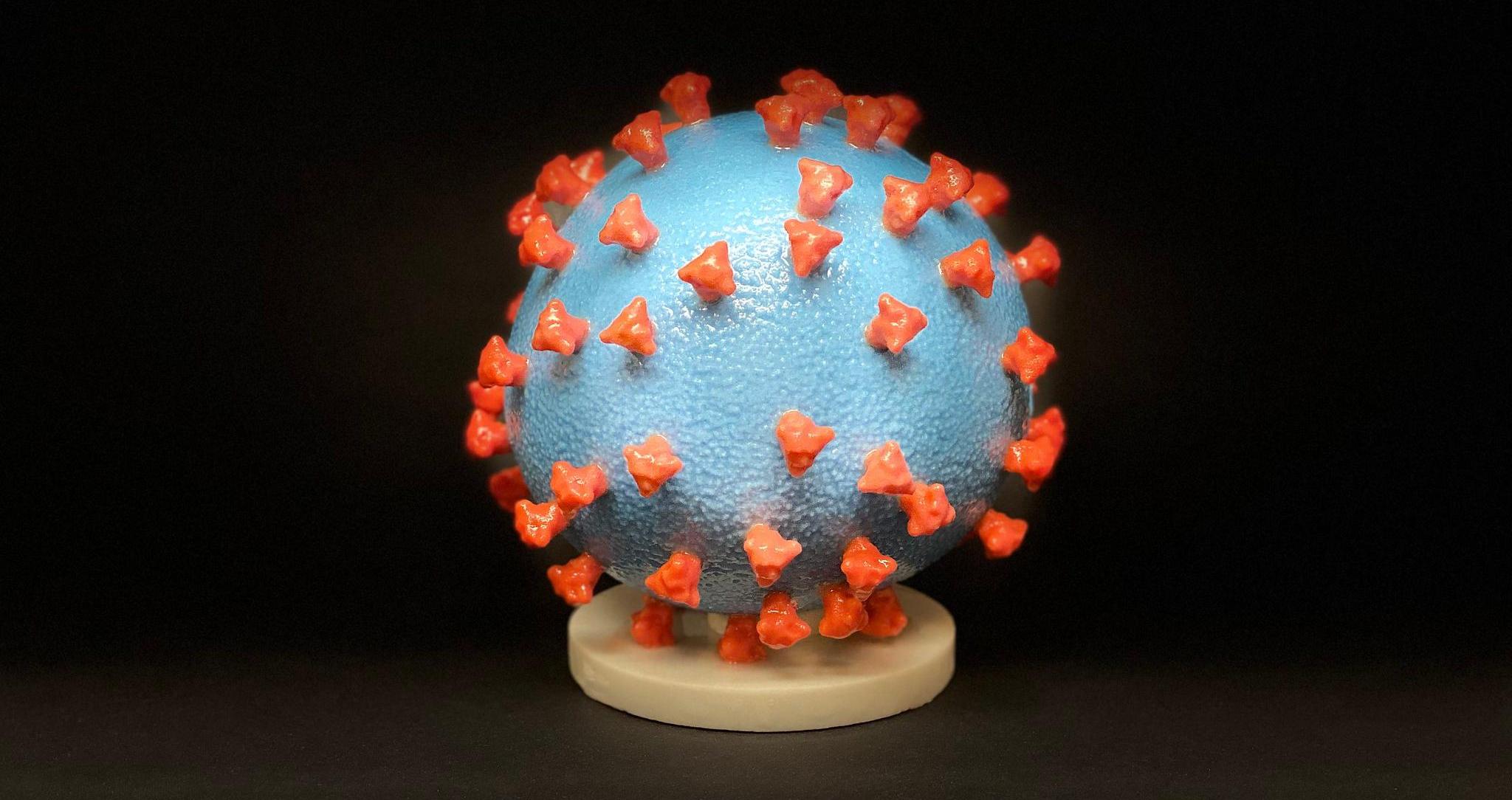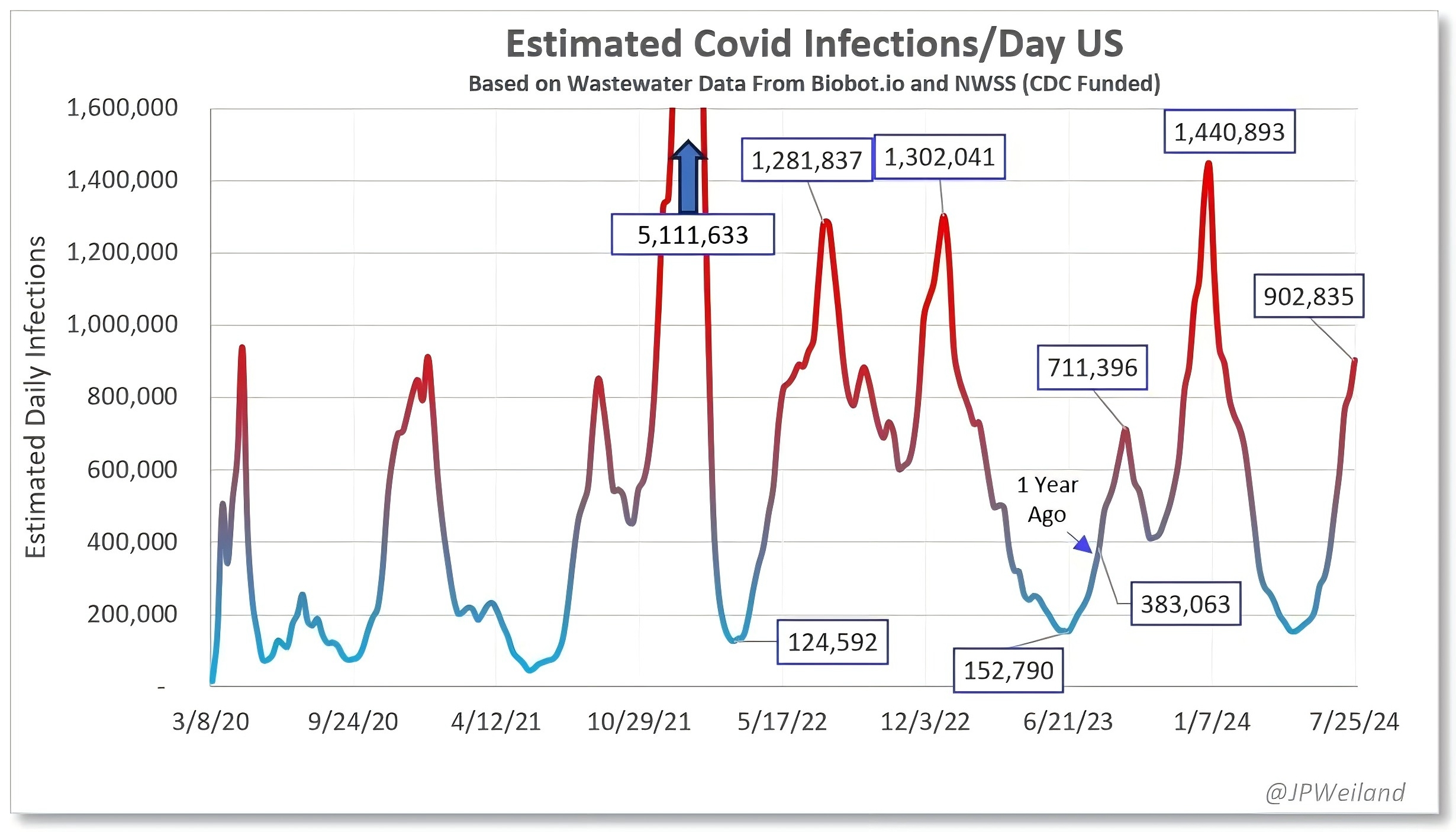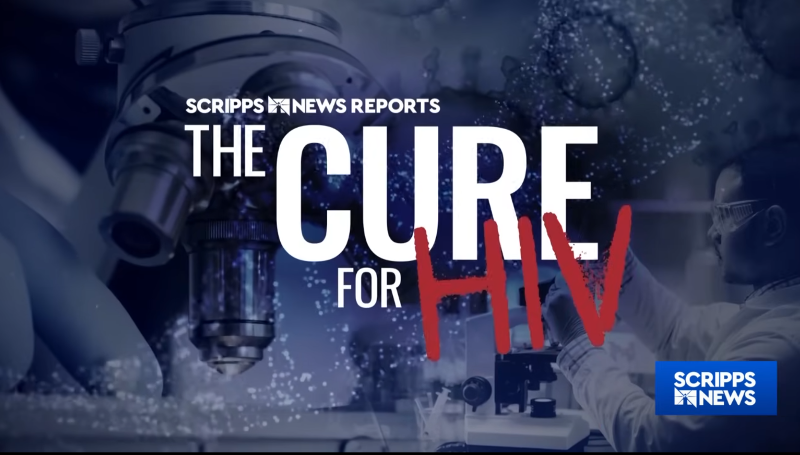
In 2024, the Covid virus continues to be a significant public health concern, evolving and spreading despite previous efforts to control it. No longer referred to as Covid-19, the virus has evolved and adapted, making it a persistent threat despite widespread vaccination and previous infections. This article delves into the current state of the Covid virus, its symptoms, testing guidelines, and the ongoing challenges in managing its spread.
The Evolving Nature of the Covid Virus
The Covid virus has shown remarkable adaptability, evolving into new variants that continue to challenge our immune systems. Recent data indicates that the variants KP.3 and KP.3.1.1 are now the most prevalent in the United States, accounting for more than half of new cases. These variants have demonstrated significant growth advantages and immune evasion capabilities, making them particularly concerning.
Dr. Peter Chin-Hong, a professor of medicine and infectious disease specialist at the University of California, San Francisco, notes, "We have a very, very transmissible variant, probably one of the most transmissible we’ve had". This high transmissibility, coupled with waning immunity from previous infections and vaccinations, has led to a resurgence in cases across the country.
Symptoms of the Covid Virus
Identifying Covid virus symptoms can be challenging, as they often resemble those of other respiratory illnesses. Common symptoms include:
Runny nose
Fatigue and muscle aches
Sore throat
Cough
Mild fever
Nausea or diarrhea
Dr. Michael Mina, an epidemiologist and former professor at the Harvard T.H. Chan School of Public Health, emphasizes that there is no single symptom that definitively indicates a Covid virus infection. "The only way to know for sure is to take a test," he advises.
When Should I Test for Covid? How Often?
Testing remains a crucial tool in managing the spread of the Covid virus. The original guidance from the CDC recommended testing approximately five days after exposure. However, with the current high levels of prior exposure and immunity, symptoms can appear as soon as one or two days after exposure. Dr. Mina suggests taking an at-home test on the third day after symptoms begin. If the test is negative, he recommends testing again the next day. "If I had only two tests, that's where I'd stop testing," Mina says. "If positive, you don't need more tests. My best educated guess is, assume you're infectious for five days after testing positive".

The Challenges of Waning Immunity and Virus Evolution
One of the significant challenges in combating the Covid virus is the issue of waning immunity. Vaccine boosters provide protection from severe illness for about 4-6 months but offer limited protection against infection and transmission after the initial weeks. Similarly, immunity from previous infections also diminishes over time. This waning immunity, combined with the virus's ability to evolve, creates a challenging environment for public health officials.
Shane Crotty, a leading immunologist, describes this as the "superpower of SARS-CoV-2," highlighting the virus's ability to block our first line of defense, the interferon response. This ongoing evolution means that the virus will continue to find new ways to infect and reinfect us, making it a persistent threat.
The Importance of Mitigation Measures
Despite the availability of vaccines and previous infections, mitigation measures remain crucial in controlling the spread of the Covid virus. Unfortunately, there has been a significant reduction in the use of these measures. Few people are masking, and little has been done to improve air quality or ventilation in indoor spaces. Large indoor events are being held, often without adequate precautions, under the false belief that the virus has gone away.
Bill Hanage, an associate director at the Center for Communicable Disease Dynamics at Harvard University, stresses the importance of these measures. "The guidelines reflect a number of things, including the fact that we generally are overall shedding for less time now," he says. "And there’s more of a link between symptoms and being contagious".
The Path Forward: Vaccines and Treatments
Looking ahead, the development of more effective vaccines and treatments is essential. Nasal vaccines, which can significantly reduce infections and spread, are a promising area of research. Shane Crotty and his team have identified the determinants of nasal immunity, which are not achieved through traditional shots. A nasal vaccine developed by Washington University has shown promising results in blocking transmission and reducing viral loads in experimental models.
Additionally, there is a need for more durable, universal Covid vaccines. Current vaccines have not seen significant advancements since their initial development. Academic labs have identified over 50 templates for a pan-betacoronavirus or pan-sarbecovirus vaccine, but these remain largely untested. Increased investment and support for these initiatives are crucial for staying ahead of the evolving virus.
Conclusion
The Covid virus remains a formidable public health challenge. Its ability to evolve and evade immunity, coupled with waning immunity from previous infections and vaccinations, means that it will continue to pose a threat. Effective testing, mitigation measures, and the development of more advanced vaccines and treatments are essential in managing its spread. As we move forward, it is crucial to remain vigilant and proactive in our efforts to combat this persistent virus.








Post comments